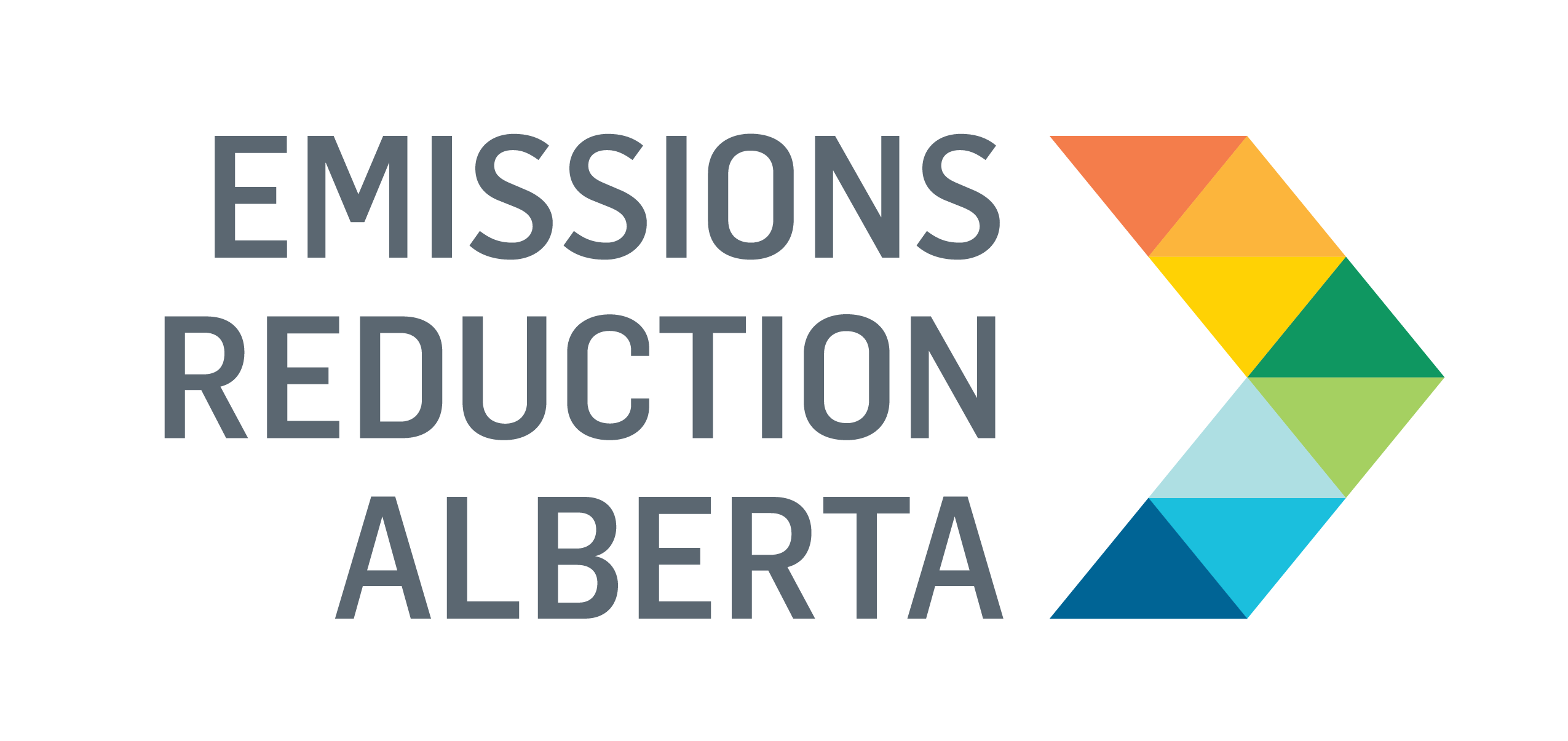$58 Million for Circular Economy Projects Worth $528 Million
ERA is committing $58 million through its Circular Economy Challenge to projects across the province worth $528 million in public and private investment. Funding is sourced from the Government of Alberta’s Technology Innovation and Emissions Reduction (TIER) fund. Alberta’s Minister of Environment and Protected Areas, Sonya Savage, announced the projects alongside ERA CEO, Justin Riemer, on Monday, February 13, 2023.
The investment from the Government of Alberta is focused on advancing innovations that will reduce the impacts of material production, processing, and disposal, and support economic opportunities.
If successful, these projects will lead to cumulative greenhouse gas (GHG) reductions of up to 4 million tonnes by 2050—equal to offsetting the GHG footprint of 1 million homes. Circular Economy Challenge funding is expected to create 1835 person-year jobs* in Alberta and have a $350 million GDP impact in the province by 2025.
The Circular Economy Challenge aligns with provincial initiatives including the proposed Extended Producer Responsibility (EPR) approach, the agricultural plastics recycling initiative, and the Natural Gas Vision and Strategy’s goal to establish Alberta as a centre of excellence for plastics diversion and recycling.
THE FOLLOWING PROJECTS WERE SELECTED FOR FUNDING:
Northstar Clean Technologies Inc.
Empower Calgary Scale Up Facility
ERA funding: $7,100,000 | Project cost: $20,600,000
Sparks Eggs
Inedible Egg Powder Project
ERA funding: $500,000 | Project cost: $1,000,000
Rimrock Renewables LP.
Development of a prototype for digestate water treatment and fertilizer value-add opportunity for on-farm feedlot anaerobic digestors (AD)
ERA funding: $8,400,000 | Project cost: $19,000,000
Hydrovac Waste Solutions Ltd.
Scale-up of New Innovative Cleantech Hydrovac Waste Processing System
ERA funding: $1,700,000 | Project cost: $9,000,000
Carbon Upcycling Technologies
The future generation of low-carbon concrete: Upcycling CO2 and legacy fly ash to make high-performance, sustainable cement
ERA funding: $4,400,000 |Project cost: $11,000,000
Phyto Organix Foods Inc.
Plant protein processing emission reductions and water sustainability
ERA funding: $10,000,000 | Project cost: $231,000,000
Suncor Energy Inc.
Alberta Vanadium Project
ERA funding: $7,000,000 | Project cost: $36,000,000
INCA Renewtech
Hemp-based substitute for rainforest balsa wood and PET foam
ERA funding: $10,000,000 | Project cost: $89,300,000
Circular Rubber Technologies Inc.
Project Roll
ERA funding: $3,200,000 | Project cost: $14,100,000
RBW Waste Management Ltd.
RBW HDPE Plastic Recycling
ERA funding: $700,000 | Project cost: $1,400,000
Funding will be distributed on a milestone basis and the progress of each project is reported on until completion. All recipients are required to produce a final outcomes report that will be shared publicly for the broader benefit of Alberta.
APPROVAL PROCESS
Projects were selected through ERA’s competitive review process. A team of experts in science, engineering, business development, commercialization, financing, and greenhouse gas quantification conducted an independent, rigorous, transparent review overseen by a Fairness Monitor. ERA’s Board of Directors made the final funding decision based on the recommendation of these experts.
ABOUT THE CALL
Circular Economy solutions can contribute to widespread environmental, economic, and social benefits by reducing the impacts of material production, processing, and disposal and supporting economic diversification into lower-emissions products. Funding can accelerate the transition to a circular economy and keep valuable materials out of landfills while driving investment in our province, bolstering economic activity, creating jobs, and reducing emissions.
Applications were invited for projects at the stages of field pilot, demonstration, or first-of-kind commercial implementation. The million Circular Economy Challenge was open to new builds, retrofits, and projects that have been previously initiated but have stalled due to the current economic situation. The maximum length for projects was three years from initiation. Projects may involve components outside of Alberta, but all technology demonstration and deployment activities must occur in the province.
Innovators, technology developers, Indigenous communities, industrial facility owners and operators, industrial associations, small and medium-sized enterprises (SMEs), research and development organizations, universities, municipalities, not-for-profit organizations, government research labs, and individuals were invited to apply.
Partnerships were encouraged. Consortiums help attract and retain highly skilled workers, increase Alberta’s innovation capacity, engage local communities, and leverage complementary resources. Applicants are encouraged to partner with Alberta’s post-secondary and research institutions, Indigenous communities, co-operative organizations, and municipalities where they can.
Click the links below for more details:
- Call for Expressions of Interest Guidelines
- Eligible Expense and Cost Instructions
- Privacy, Confidentiality, Data, and Security Policy
- Frequently Asked Questions
- Informational Webinar
All projects involve field piloting, demonstration, or commercial deployment of technology within the province:
- Field Pilot: At this stage, the technology or innovation is ready to be field-tested in an operational environment. Projects in this category include scale-up of prototypes to representative pilot scale and subsequent in-field testing of pilot units.
- Commercial Demonstration: At this stage of development, the technology or innovation is approaching the final commercial product and representative systems have been built. Projects in this category include the demonstration of near- or fully-commercial scale systems in an operational environment.
- First-of-Kind Commercial Implementation: At this stage, the technology is ready for first-of-kind commercial deployment. Projects in this category will involve the design, construction, and operation of the technology in its final commercial form, with the intent to operate the technology for its full commercial life.
Projects of interest for the Circular Economy Challenge included, but were not limited to:
- Novel solutions for treatment and upcycling of wastewater and solid wastes; waste-to-value-add products (e.g.: upcycling of agriculture, forestry, construction, municipal, and mining wastes).
- Novel mineral sources (e.g.: lithium brines, carbonates, etc.) and high-value material extraction from waste streams/products (e.g.: tailings, fly ash, lignin, etc.)
- Metals and minerals recycling and reuse.
- Innovative solutions for agriculture/food waste reduction and/or upcycling (e.g.: fertilizer production from waste).
- Advanced plastics recycling and circular plastics technologies.
- Green materials (e.g., hemp, novel forest products, novel cement chemistries, novel plastics, etc.)
- Feedstock substitution (e.g.: biogenic inputs, material recovery, industrial symbiosis, etc.)
- Advanced manufacturing including digitization and automation of product manufacturing and logistics.
- Carbon dioxide conversion or utilization.
*A person-year is equal to one-year of employment for one individual.
